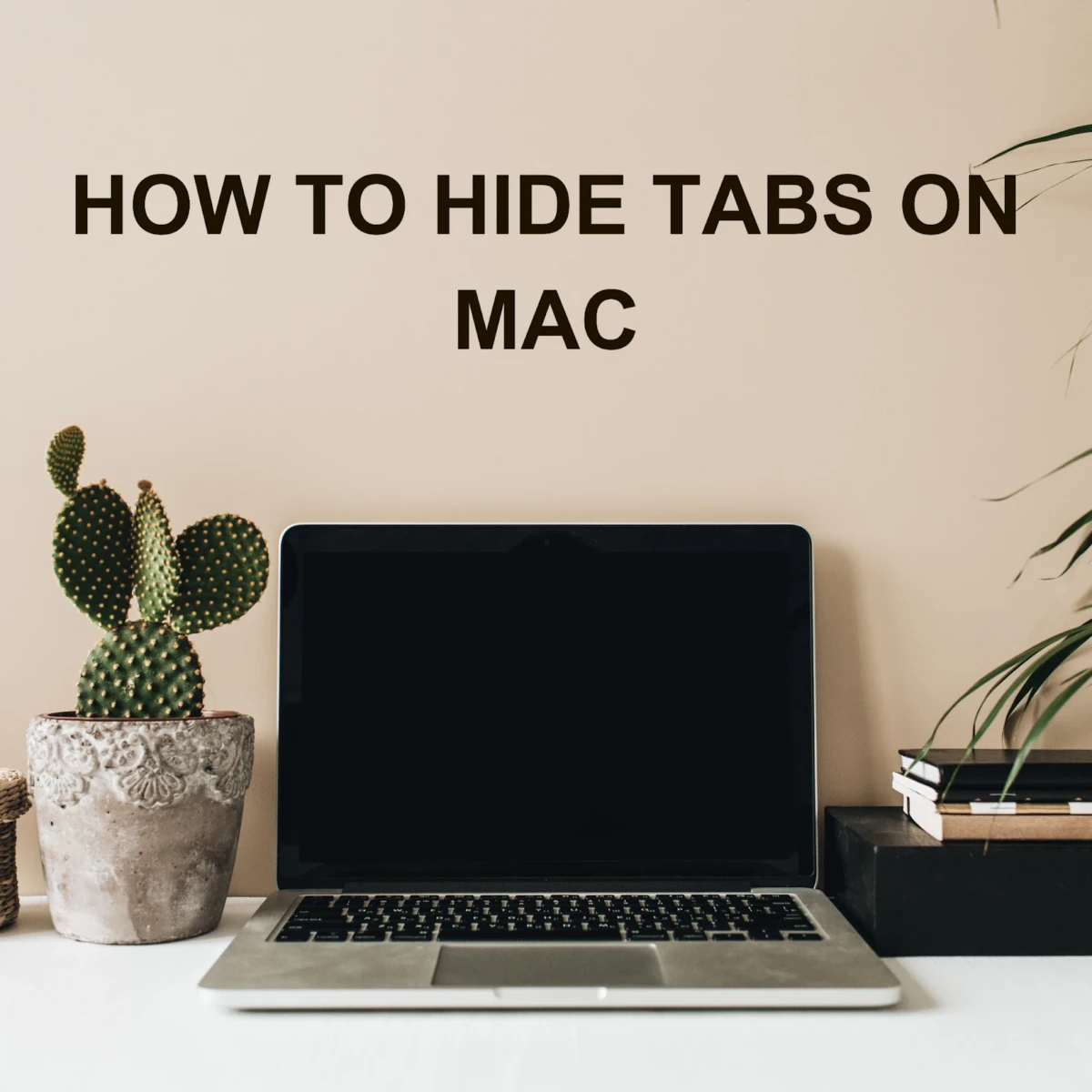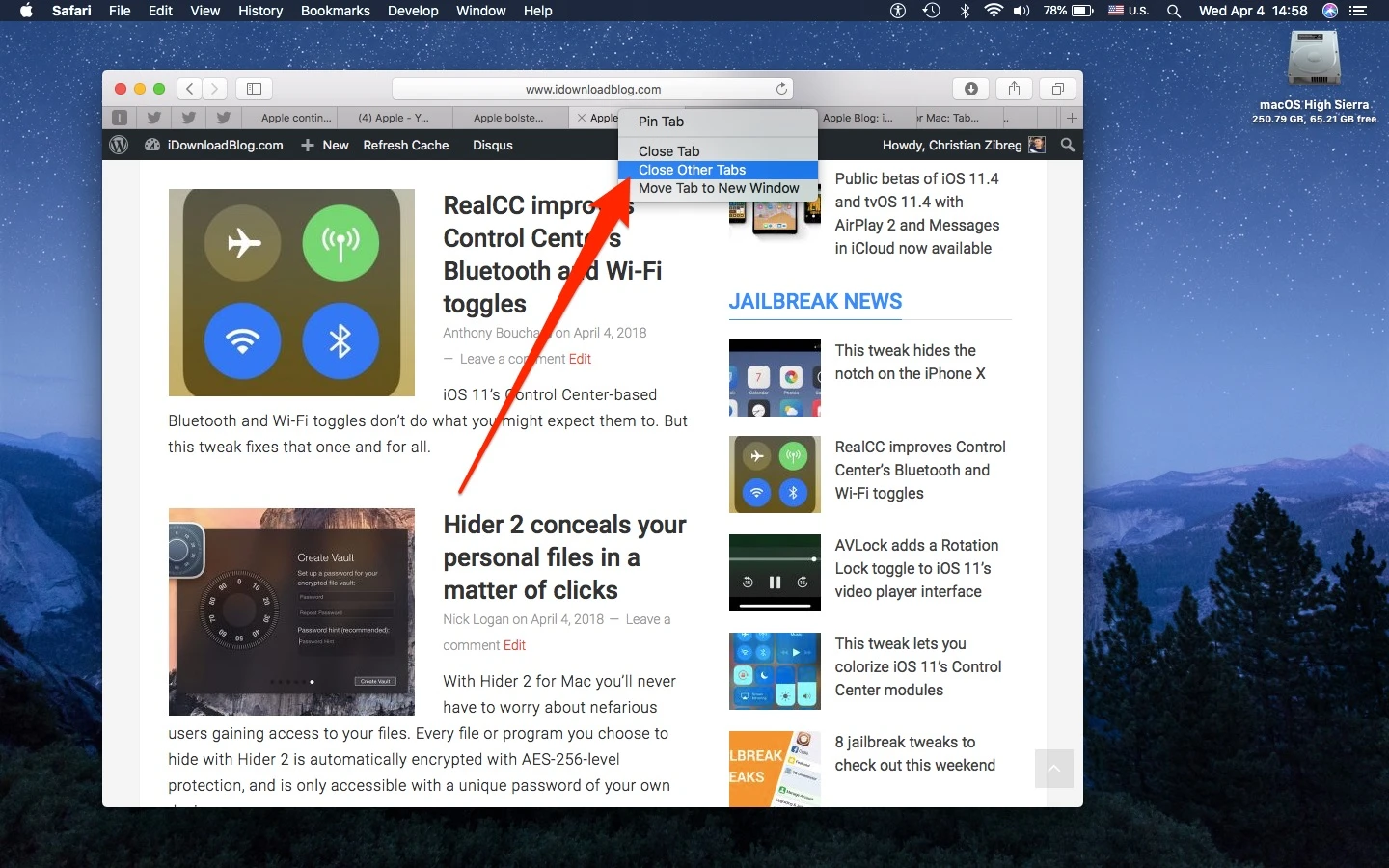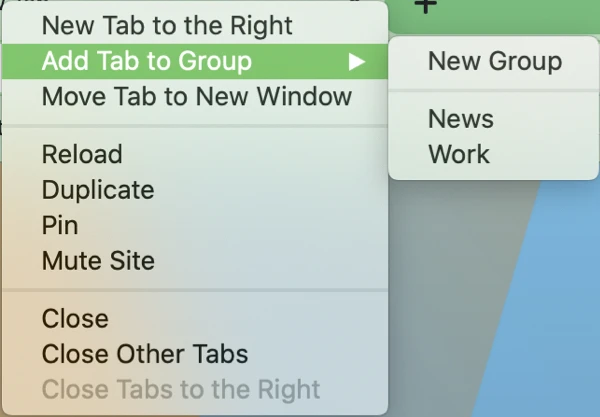
You’re working on your Mac, juggling research, a work doc, maybe a YouTube tab playing lo-fi beats in the background—and suddenly, it’s chaos. Too many tabs open, too much clutter.
Whether you want to hide tabs on Mac for some peace of mind, need a quick privacy fix, or just want things to feel less overwhelming, good Mac tab management can seriously help. The good news? Both Safari and Chrome come with built-in tools that make it super easy to organize browser tabs without losing track of what you were doing.
Hiding Tabs in Safari on Mac
If you’re trying to keep things tidy while browsing in Safari on your Mac, you’ve got a couple of simple options. To zero in on just one tab, right-click the one you want to keep open and choose “Close Other Tabs” — this helps you focus by letting you close Safari tabs you’re not using.

You can also press Option-Command-W to do the same thing with a shortcut.
Hiding Tabs in Chrome on Mac
You can hide Chrome tabs on your Mac by entering Chrome full-screen mode. Just click the green button at the top-left corner of your Chrome window or press Control + Command + F. That stretches Chrome to fill your screen and hides the tabs and toolbar, which comes in handy when you’re trying to stay focused or just don’t want anyone seeing your open tabs.
If you want to go back, press the same keys again or move your cursor to the top and click the green button. If you’re not going full-screen but still want Chrome out of sight, you can minimize the Chrome window with Command + M.
This tucks it neatly into the Dock without closing anything. For more control, extensions like OneTab can help by collapsing all your open tabs into a single list, so you clean things up without losing anything.
Using Mac Keyboard Shortcuts to Hide Windows
Instead of minimizing apps one by one, just hit Command + H — that’s the Mac hide window shortcut that instantly hides the app you’re using. If you want everything else gone except the one you’re working on, use Option + Command + H to hide all Mac windows except the front one.
It’s a quick trick you can use when your desktop’s packed but you’re not ready to close anything. To bring an app back, just click its Dock icon or hit Command + Tab to cycle through.
Switching Back to Normal Tab View
Head to your Safari Settings by clicking “Safari” in the menu at the top of the screen, then select “Settings.” Go to the Tabs tab in the settings window. From there, select Tab Bar to bring back the usual tabs at the top of the browser window.
Just like that, you’ll be back to managing tabs the way you like. Stuck in full-screen mode on Chrome? Hit Control + Command + F on your keyboard to exit full screen and return to the normal windowed view.
Tips for Organizing Tabs Using Tab Groups
In Safari, the Safari tab groups feature lets you bundle your tabs based on categories, like work, so you don’t have to waste time searching. All you need to do is click the arrow next to the Sidebar button, select “New Tab Group with [number] Tabs,” name it, and hit return and you’re organized.
On Chrome, you can organize Chrome tabs by right-clicking on a tab, selecting “Add Tab to Group,” and creating a name and color for the group.

Hiding Tabs Without Minimizing Windows
If you want to clear up your screen without minimizing tabs, macOS has a couple of tricks up its sleeve. First, there’s the Show Desktop gesture—just swipe apart with your thumb and three fingers on the trackpad, and your windows vanish.
It’s a fast way to hide Mac window clutter. Then, you’ve got Hot Corners. This one’s a little setup magic: go to System Settings, pick Desktop & Dock, hit Hot Corners, and assign a corner to instantly show the desktop when you move your cursor there.
Conclusion
Hiding browser tabs on your Mac is a quick way to clean up your workspace and stay focused. With Mac multitasking tips like using Tab Groups or shortcuts, you can easily manage tabs without clutter. Tab management tools and Safari’s “Hide Tab” feature let you hide tabs while keeping them ready when you need them.








